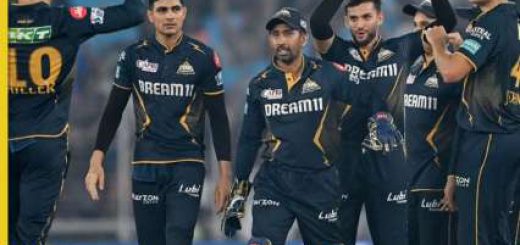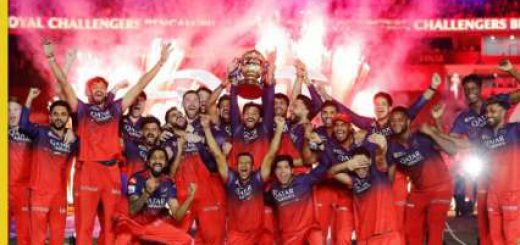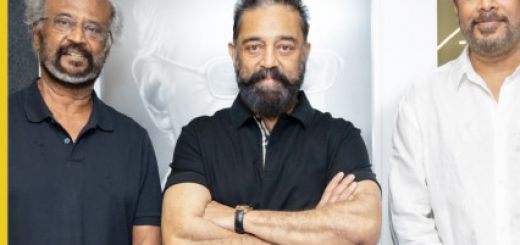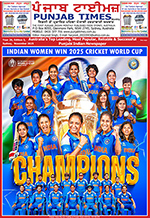Of Clefs and Chords
William Hamilton Bird’s rare book, which notated the beguiling melodies created by the nautch girls and camel drivers of the 18th century, finds its way home through a new British album.
The reeling tappa, embellishments and curls of which depict the emotional outbursts of a beloved’s separation, is still referred to as one of the more complicated forms of semi-classical Hindustani music. The genre, born in Punjab and Sindh region and created by the camel riders of the 18th century, later reached the baijis and nautch girls, who sang a more refined form of the genre created by musician Shori Miyan. Tappa travelled far and wide, especially to Bengal, where its uneven rhythm accent found much attention.
But even Shori Miyan would have never imagined that two centuries later Machhli kar ban (loosely translated into My innocent lover gave me a friendship as slippery as a fish’s), a Hindustani classical tappa, would play in its pure form on a 2015 British western classical album. On a harpsichord. “I really wanted to bring this music to life and make something which looks straightforward and have some meaning. Musically, my main challenge was capturing the different moods of the pieces, and thinking how each one would lead to the next,” says 54-year-old noted harpsichordist Jane Chapman, whose album The Oriental Miscellany: Airs of Hindustan revisits traditional compositions that were originally performed by banjara troupes and courtesans at nautch parties held in the homes of affluent English merchants and inside the courts of Nawabs.
However, Chapman would have never stumbled upon this project if it wasn’t for a man named William Hamilton Bird and a book he wrote in 1790. Identified in the Bengal Calender and Register (1790) as the “Conductor of Public Amusements”, Bird documented different Indian vocal styles and transcribed them from live performances by the courtesans, ones who dedicated their thumris and ghazals to their patrons. Since Indian classical music is not read and written as notations and all the pieces have always been orally passed down from generations, Bird put down western classical notations for 30 pieces. Helping him was harpsichordist Sophia Plowden. The songs were put together in the book The Oriental Miscellany: A collection of the most favourite airs of Hindustan, dedicated to the first Governor General of India, Warren Hastings.
Chapman came across a rare copy of the book at the Foyle Special Collection Library, King’s College in London, a few years ago. She also found a late 18th century collection known as the Plowden Manuscript, housed at the Fitzwilliam Museum, Cambridge. “Looking at the original publication was a real thrill. I wanted to find out how the original songs sounded and perform them with Indian musicians. On the surface, this music, due to the nature of notation, seems very straight forward in Western terms.
But it becomes a framework of the original. William Bird as a composer is not Haydn or Mozart, but he was trying to do something else, and transcribed and arranged these songs to suit the fashion of the time (such as adding a simple bass line) while being true to the original,” says Chapman, who recorded the album at the Horniman Museum, London, on an original Kirckman harpsichord from 1772. “An English harpsichord is exactly the type of instrument that would have been exported to India. It has two manuals and various stops and pedals which engage the strings and other devices, allowing me to create a variety of timbres and dynamics.
My favourite sound is one which is like a tanpura. I was able to recreate that drone effect,” she adds. Growing up in a family of musicians, mostly clarinet players and with a mother who was fond of visiting junk shops in search of old music, Chapman began by singing popular songs from the ’20s and ’30s before taking piano lessons, followed by training in harpsichord. But it was her training in sitar at Dartington College of Arts with her partner and author Gerry Farell, which introduced her to Indian music.
She travelled with him to Delhi, where Farell took sitar lessons from Ustad Debu Chaudhuri. Chapman imbibed what she heard. “His sitar often leaned against my harpsichord, and so it was very natural for us to try these plucked instruments together. The sound of Indian music was always in my head and we had frequent discussions on the way the West was always rediscovering the East and redefining it,” says Chapman, who recently performed compositions from the album at a concert held at King’s College, London, with tabla player Yusuf Mahmoud. She now wishes to bring this musical encounter between the subcontinent and the West to India, its original home.
Source:: Indian Express







